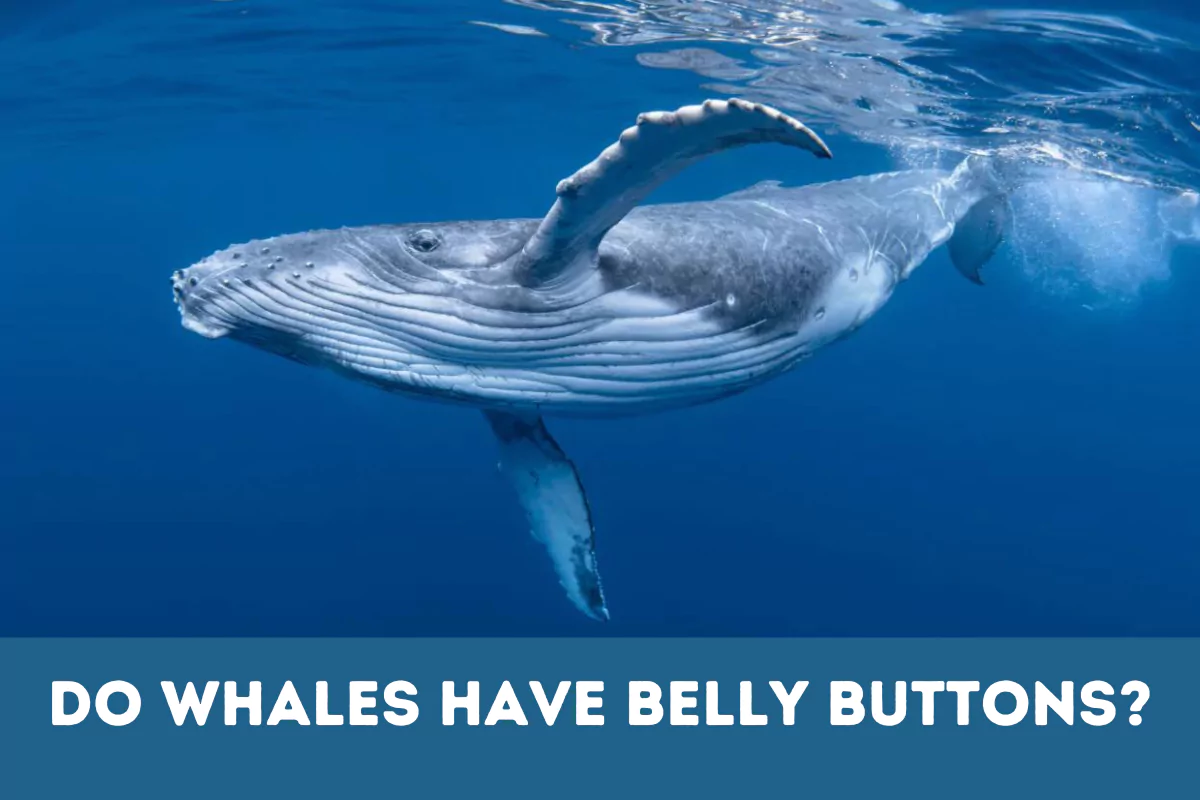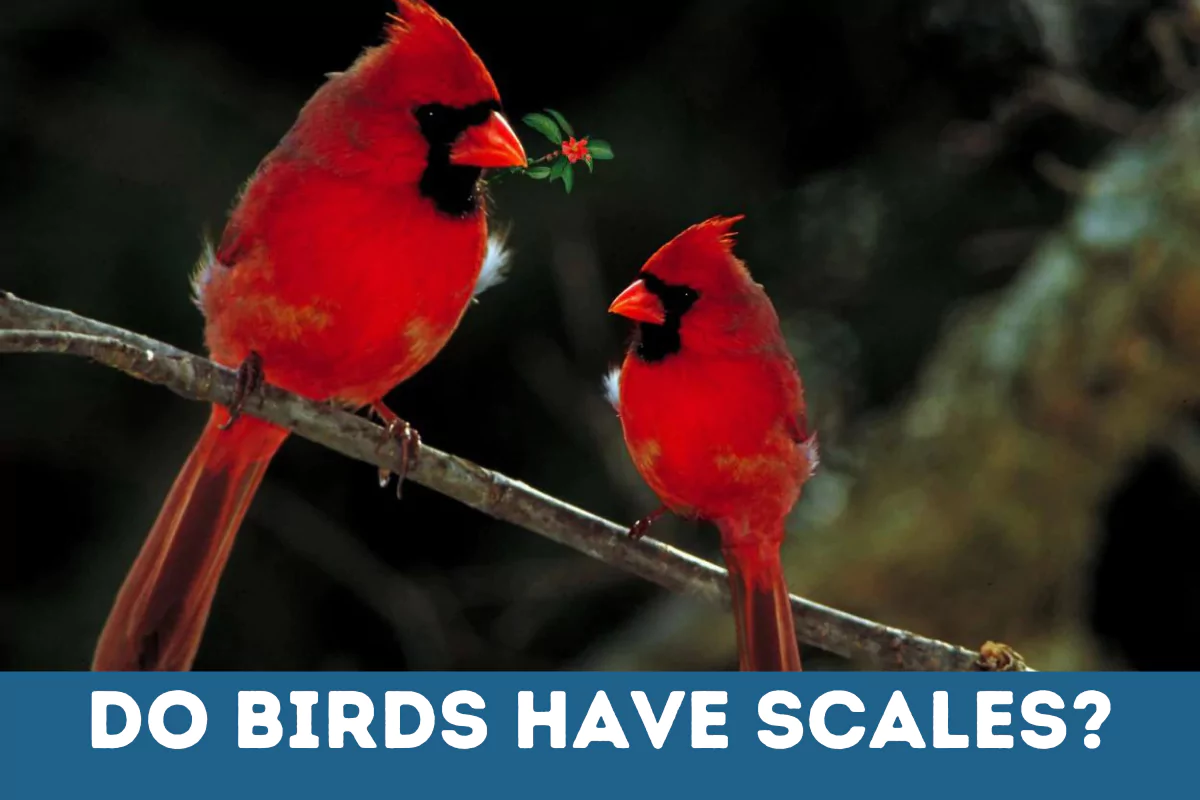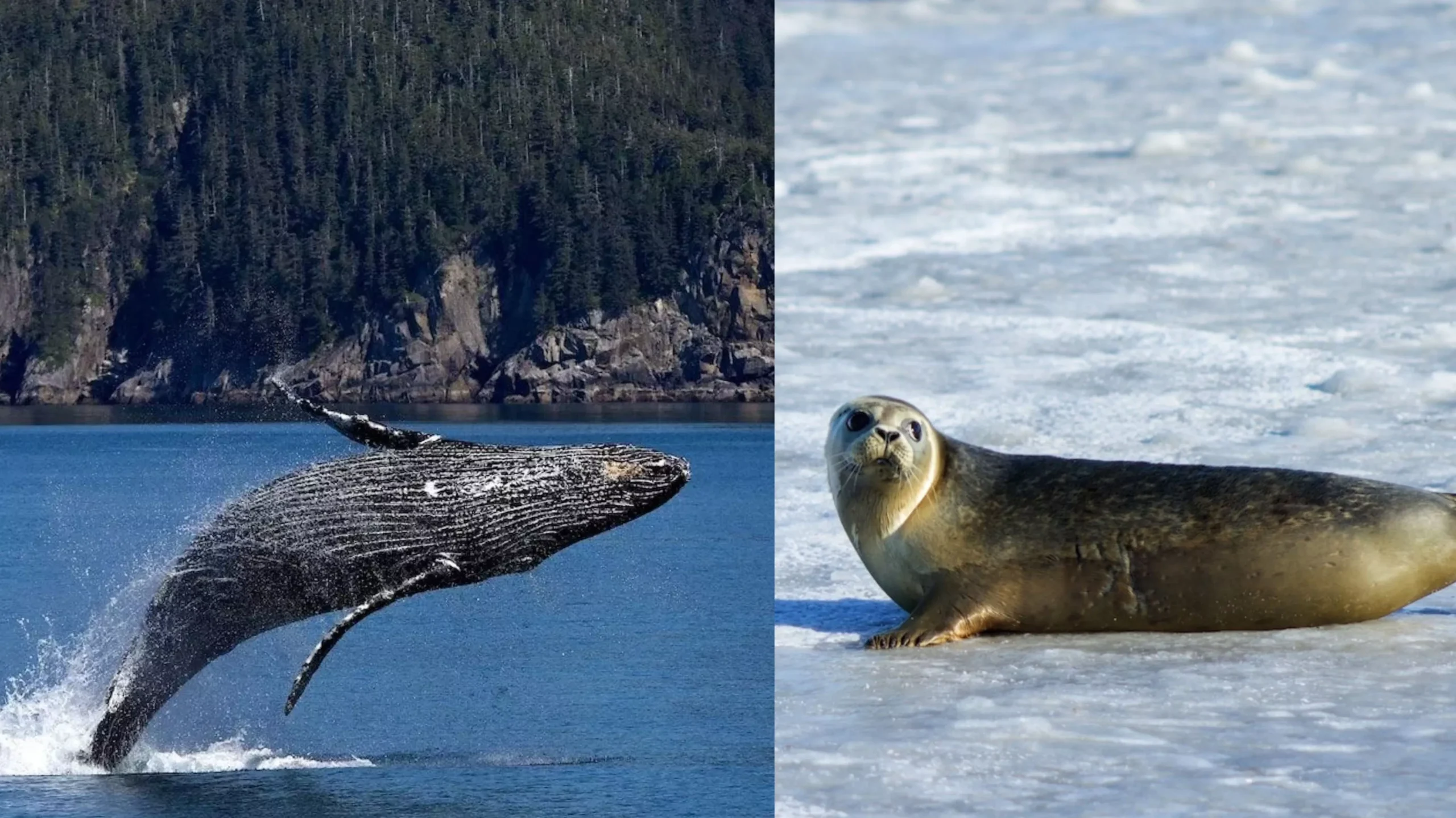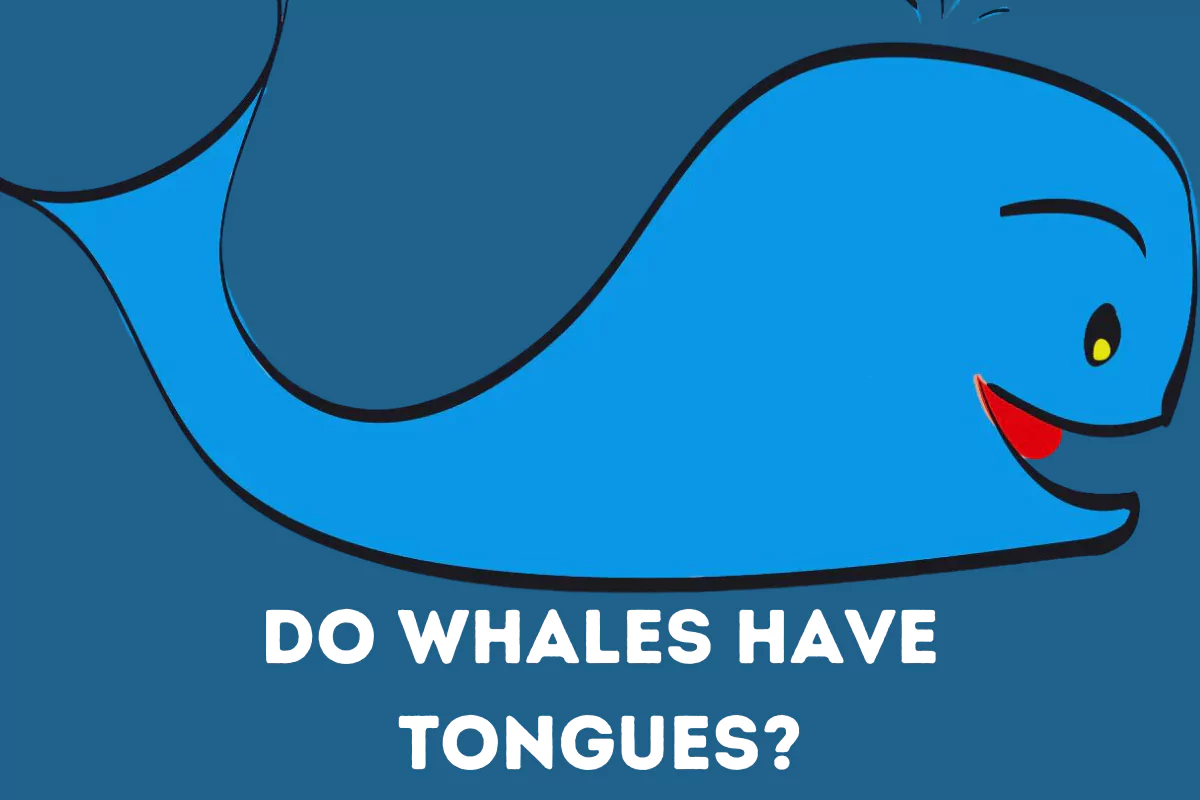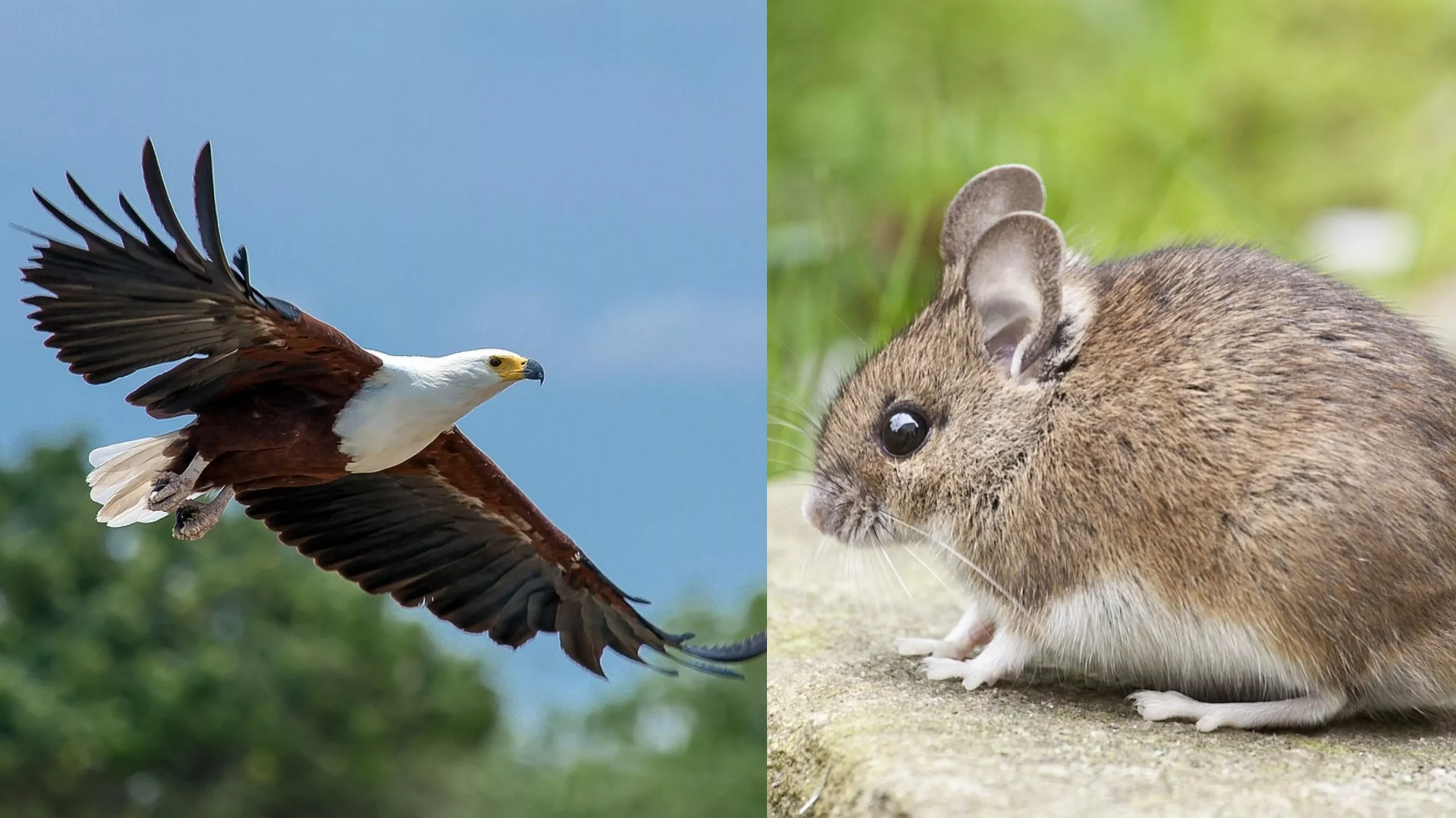Whales, the majestic giants that roam the vast oceans, never cease to amaze us. Yet amidst all the wonder and curiosity surrounding whales, one peculiar question often arises – do they possess belly buttons?
Belly buttons, often associated with land-dwelling creatures, have become a common subject of inquiry regarding marine species. Although it may seem trivial, it raises intriguing insights into these giant mammals’ evolutionary history and development.
Join us as we dive into this curious topic and unravel whether whales possess this seemingly human feature.
Do Whales Have Belly Buttons?
Whales, being mammals just like humans, do have belly buttons. However, their belly buttons are not as visible or prominent as ours as they are located more towards their underside and are often hidden beneath layers of fat.
Whales are marine mammals like dolphins and porpoises. So, they are all born with belly buttons.
In whales, during the gestation period (the period between conception and birth), the umbilical cord connects the developing whale fetus to its mother’s placenta.
This umbilical cord plays a crucial role in the health and development of the unborn baby. It transfers oxygenated, nutrient-rich blood to the fetus while removing nutrient-depleted blood and toxic waste by returning it to the placenta.
But once the baby whale is born, the umbilical cord naturally detaches from the mother and calf, leaving behind a scar that eventually becomes their belly button.
Interesting Fact: The gestation period of whales can range from 10 to 17 months, depending on the species.
Also Read: Do Fish Have Blood?
How Big Is A Blue Whale’s Belly Button?
A blue whale’s belly button is almost the size of a salad plate. Interestingly, sometimes, the belly button in a whale may not be visible clearly because of the constant rubbing against rocks and surfaces in the water, which erodes the remnants of the once prominent navel.
Also, the location of a whale’s belly button can vary depending on its species.
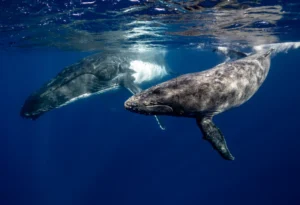
For instance, in some whales, such as dolphins (yes, dolphins are whales!) and porpoises, their belly button is located near the anus. But, in larger whales like humpbacks or blue whales, their belly button can be found closer to their chests or even slightly above their genital slit.
What Do Baby Whales Eat?
A whale produces thick-paste-like milk from her mammary glands once it delivers the baby, and the calf suckles it.
Depending on the whale species, a calf (baby whale) may feed on its mother’s milk from 6 months to 2 years until it can hunt and survive independently. During this period, it can drink milk up to 10% of its body weight. In fact, a baby blue whale can easily consume around 150 gallons of milk per day!
Conclusion:
Whales, just like many other mammals, do have belly buttons. However, their belly buttons are less visible than those of humans or land animals.
Though a belly button might not serve any functional purpose for a whale once they are born and independent from their mothers, it will remain an interesting reminder of their connection to maternal care during gestation.
Also, knowing that whales also have belly buttons serves as a reminder of our shared biological connections with these majestic creatures of the sea.
Until next time!!

